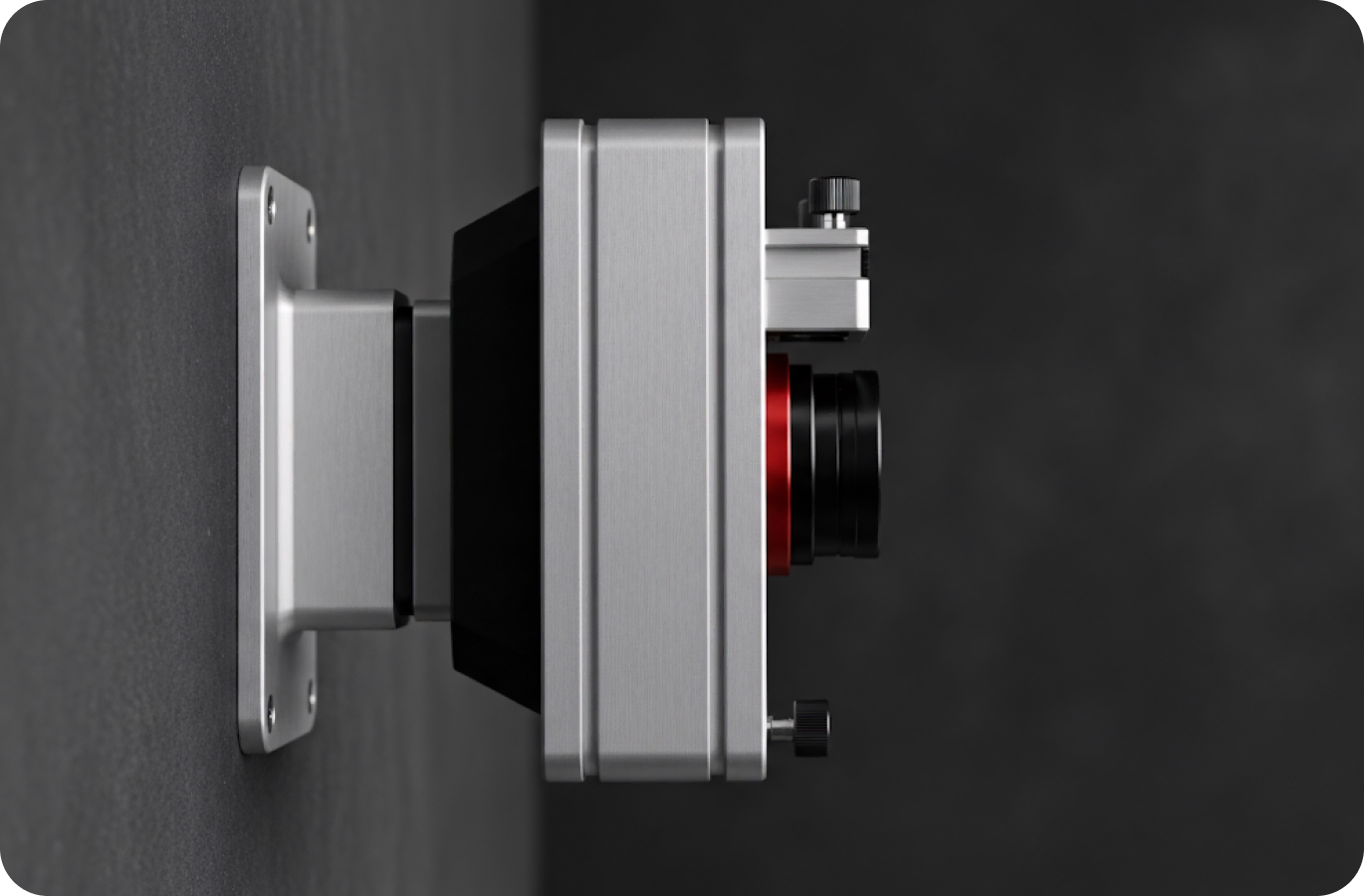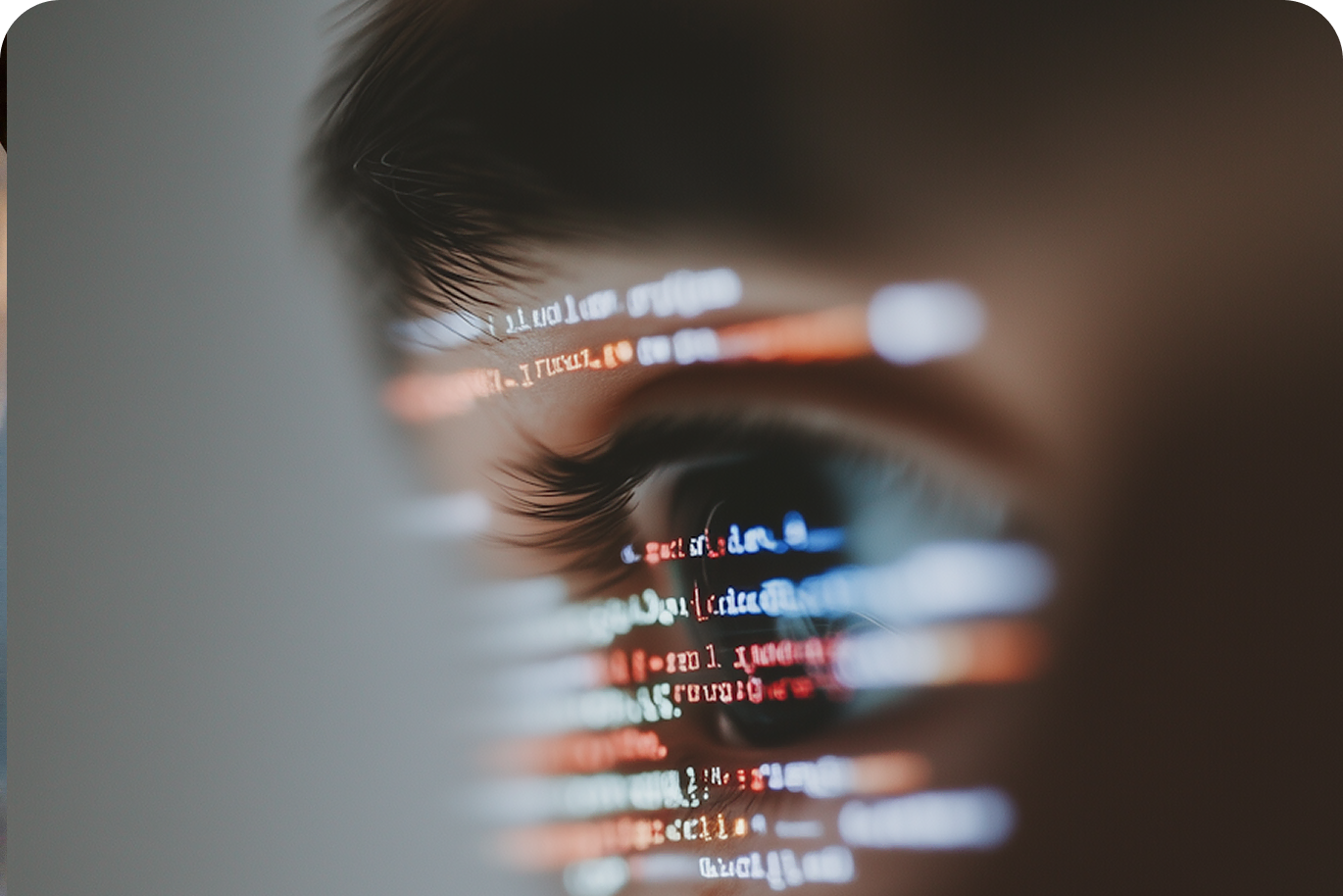The Multi-Factor Authentication (MFA) Guide
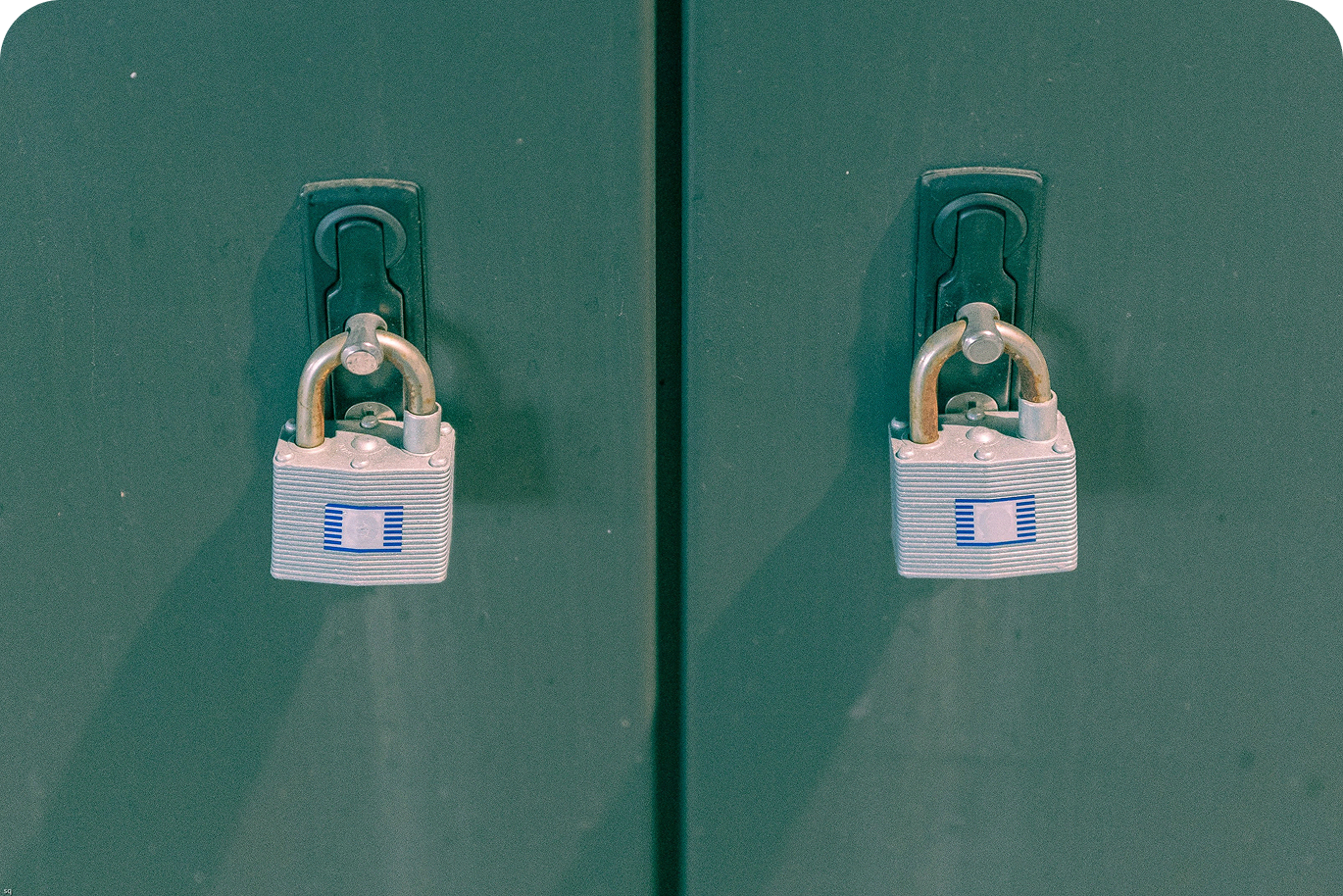
Benefit from effective IT support
Discover our all-in-one solution
Imagine that the front door to your business can only be locked with a simple latch. Easy to force, right? It's a bit the same with a unique password. THEmulti-factor authentication, or MFA, add several locks to this digital door.
Clearly, MFA is a method that requires several proofs of your identity before allowing you to access an account or an application. It's no longer just “password accepted”, but rather “prove to me that you are you” — via a code received on your phone, your fingerprint or a physical key for example.
The different types of authentication factors
When we talk about MFA, we talk about panache three types of factors to secure access to a system:
1. Knowledge Factors
Something you (and only you) know:
- A password
- A secret question (often forgotten... let's be honest)
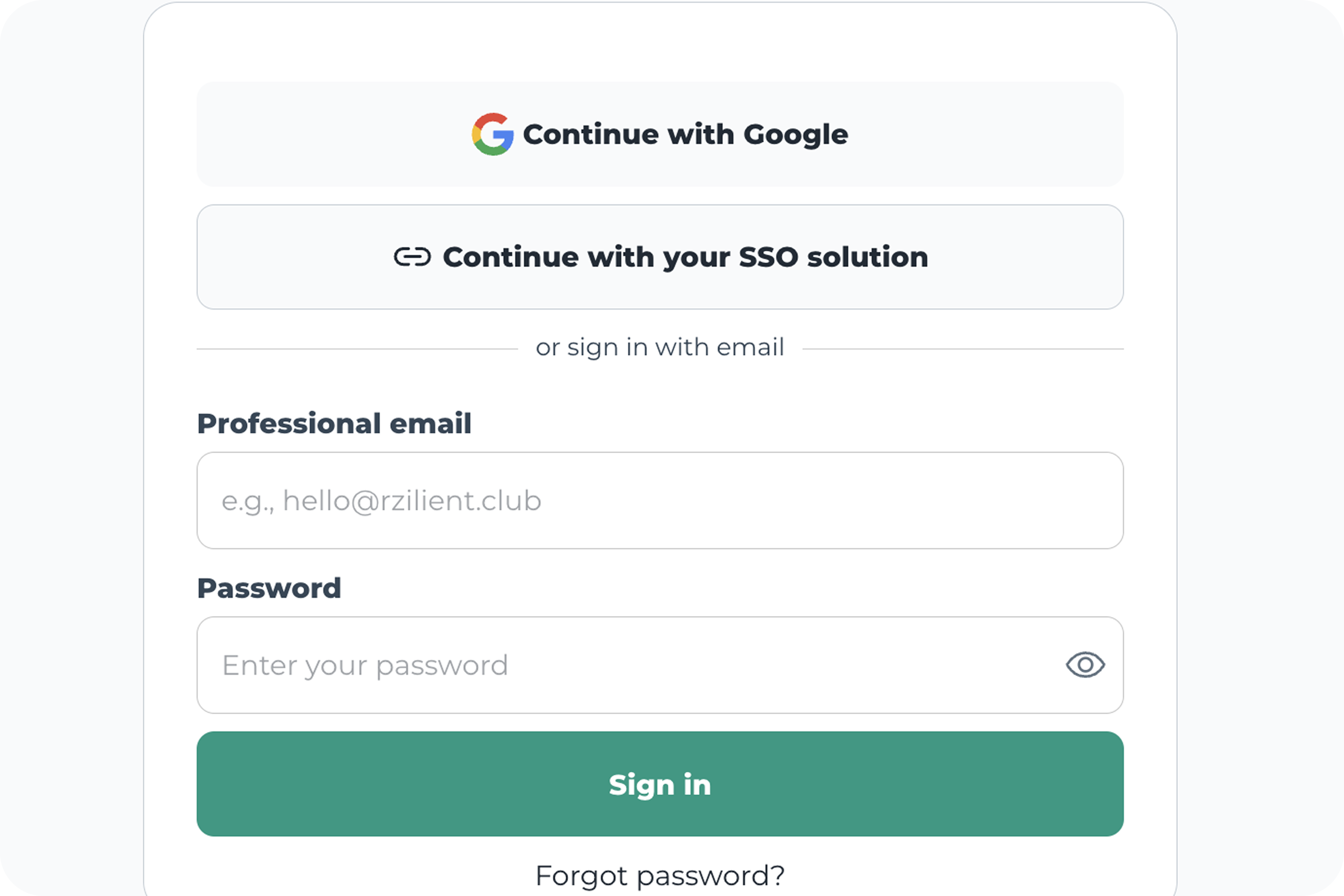
2. Ownership Factors
Something you own:
- A smartphone with an app like Google Authenticator
- A security key (YubiKey type)
- A physical badge
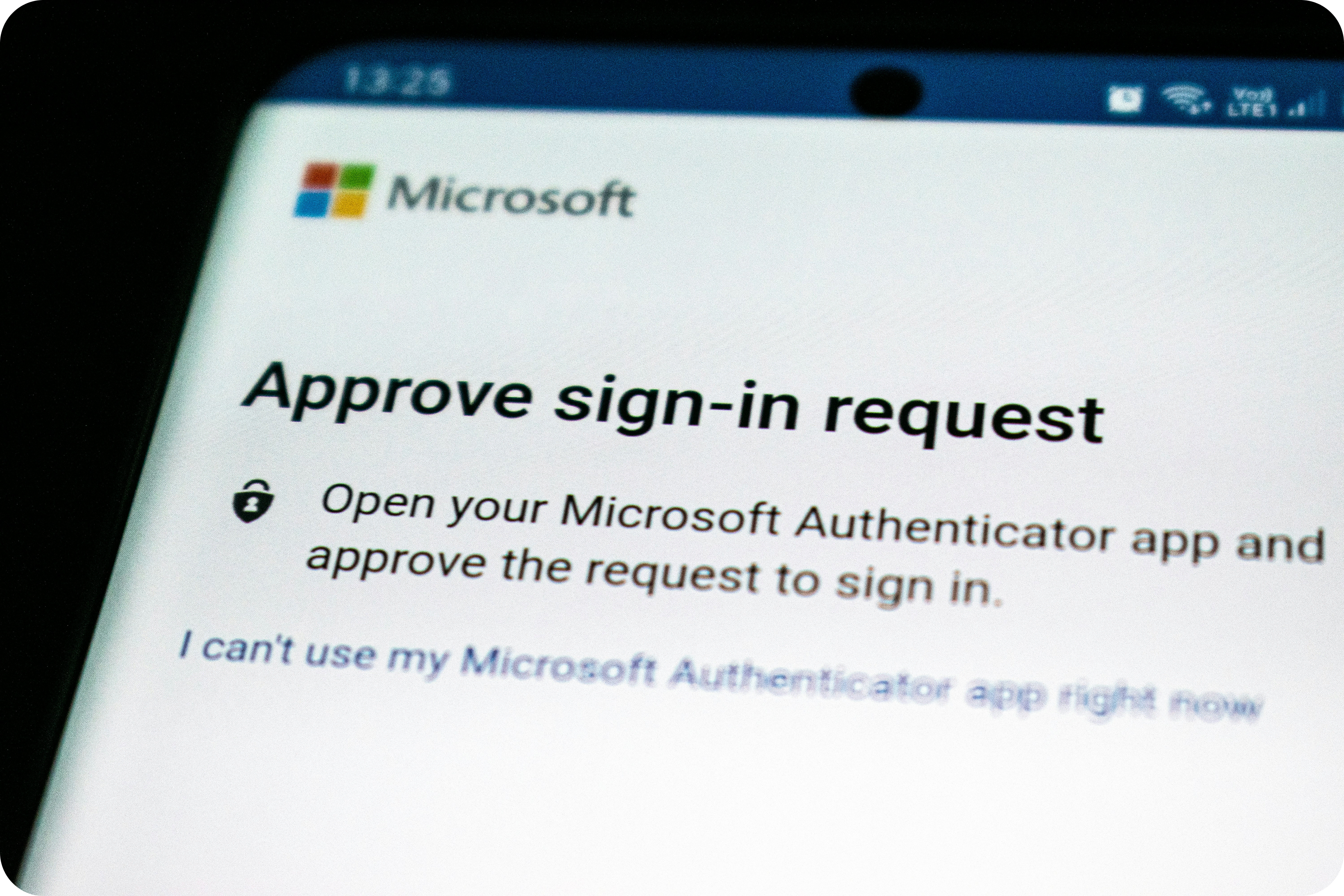
3. Inherence Factors
Something that you are:
- Fingerprint
- Face or voice recognition

Why is MFA critical for security?
Les cyber attacks, phishing attempts and other credential thefts have become commonplace. And yet, over 80% of security breaches are due to a weak or compromised password.
With MFA, even if an attacker has your password, they will still have to go through an additional step or two to access your data. In other words, it chills a lot of attempts.
And beyond the technique, it is a strong message : your organization takes data security and identity protection of its collaborators.
How does multi-factor authentication work?
Here's how it goes, in all simplicity:
- The user enters his username + password.
- He receives a temporary code (TOTP) or a notification on his phone.
- He validates access via his device or a dedicated application.
Some solutions like Microsoft Authenticator go further by offering passwordless connections. The result: less friction, more safety.

The benefits of implementing MFA in your business
You could list all the benefits of MFA in a 30-page report, but here are the main ones:
- Strengthening security user accounts, whether on the cloud or locally.
- Compliance with standards like the RGPD or ISO 27001.
- Significant reduction in attacks through phishing or impersonation.
- Increase in trust internally as well as externally.
For IT and HR teams, MFA is becoming a strategic tool : it protects the digital identity of each employee while strengthening the overall cybersecurity posture.
The challenges to be expected when implementing an MFA solution
We are not going to lie to each other, the MFA is not a magic button. Here are the main obstacles encountered:
- Resistance to change : some users may perceive this as a constraint.
- Technical constraints : not all tools or workstations are always compatible.
- Special cases : how to manage external service providers, guests, or shared workstations?
Smart Tip: Providing clear communication, simple user guides, and deployment support makes all the difference.


